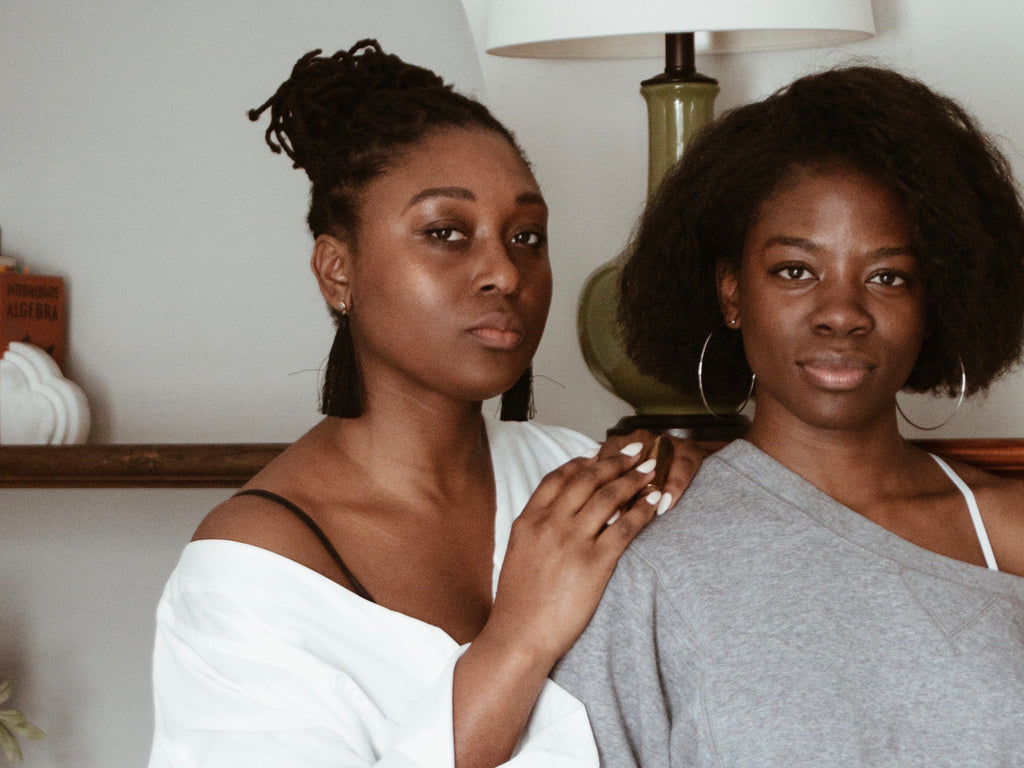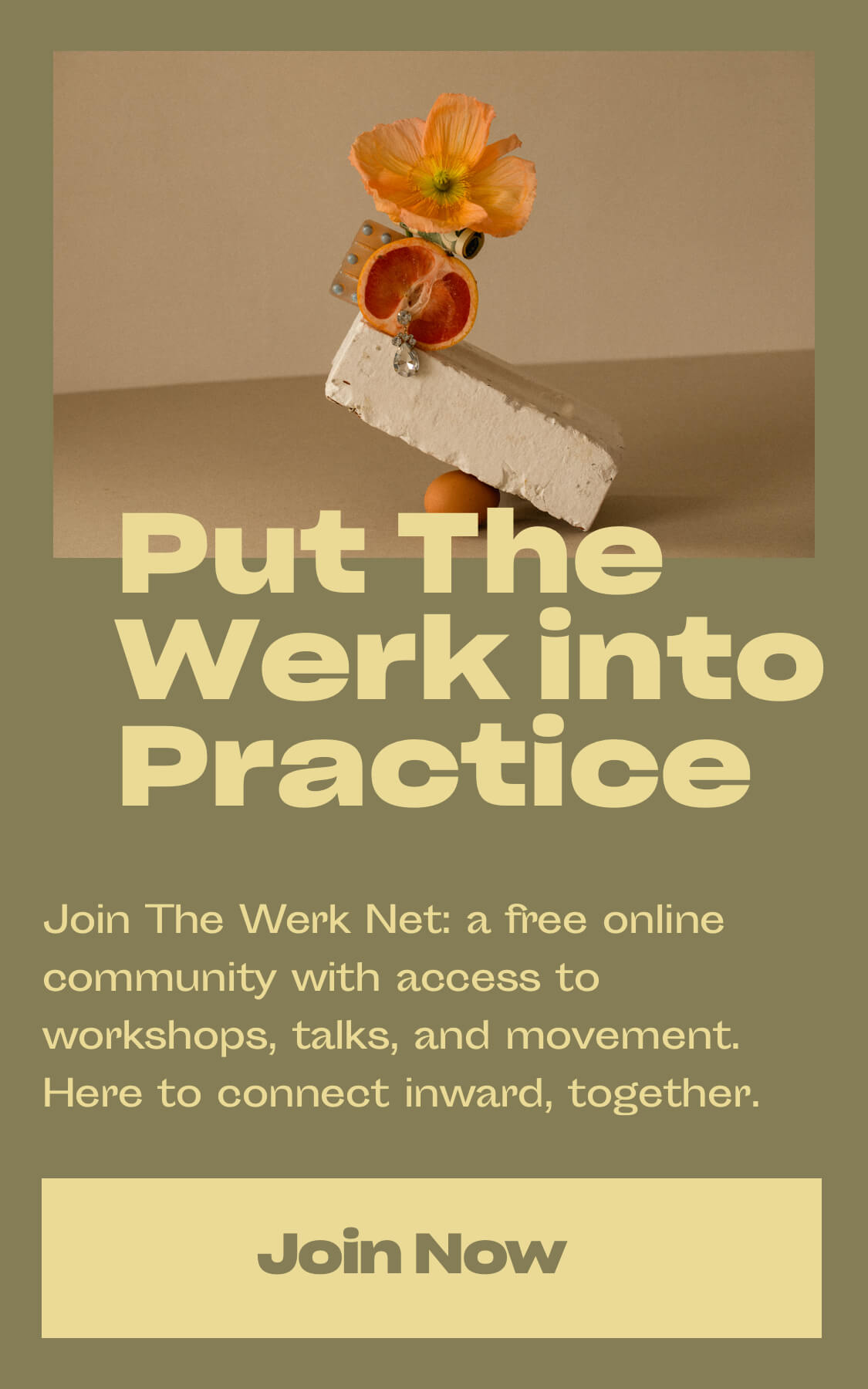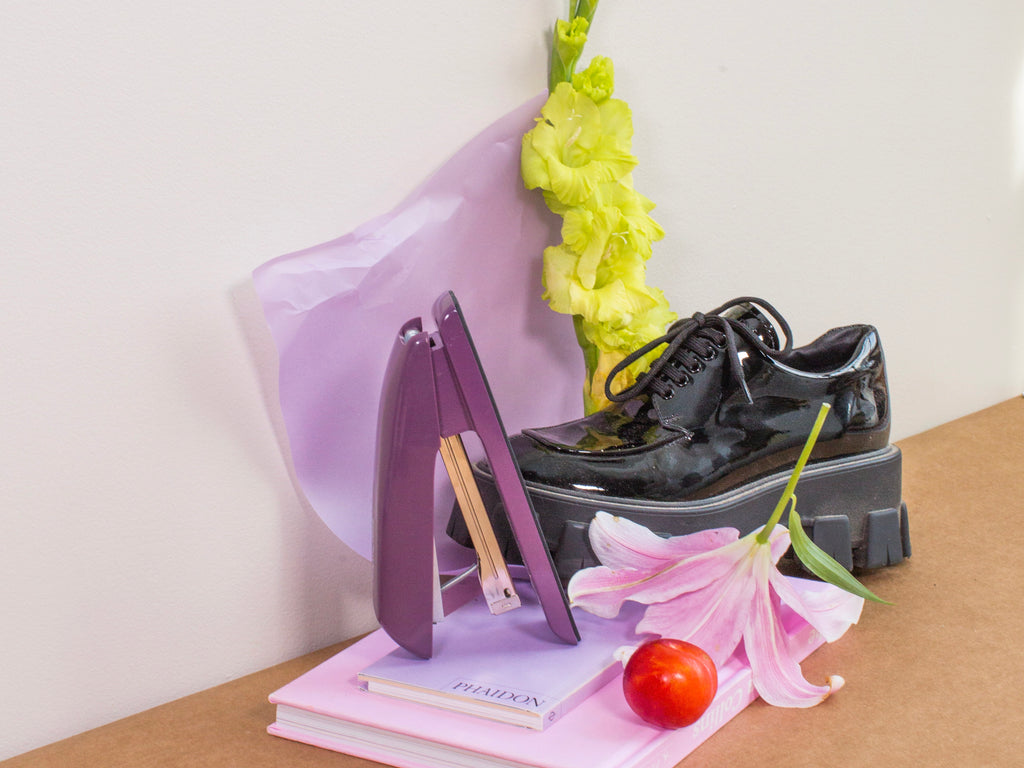What It’s Like Being Iranian in the West
On feeling America-branded in the motherland.
I was in the seventh grade when our homeroom teacher interrupted the class to tell us about the 9/11 attack. I picked at the soles of my Converse as she explained to the class what the word terrorist meant. Before her explanation, I thought it meant a well-travelled tourist. After she addressed the room, we were left to discuss how we felt about the attack with one another. I talked about it with my classmate, who was from Iraq. He thought it was a word for a set of streetlights at an intersection. The lack of understanding but the desire to learn was felt by both of us in earnest. When I got home, I asked my dad if he had heard about the terrorist attack, still not completely understanding what had happened and slyly showing off my new vocabulary. He sat me down and explained what was to come.
I was in high school when Saddam Hussein was captured. I remember seeing photos of his bloodied face while US military personnel posed next to him. I’ll never forget the subsequent viral video of his hanging that was sent to my shiny purple Motorola Razr phone. A few months ago, while I was on the train home, I sat across a poster with a photograph in which Barack Obama, Hillary Clinton, Joe Biden, and Robert Gates sat in a room surrounded by a herd of white men. The photo, popularly known as the ‘Situation Room,’ shows the senior officials as they received live updates from the operation that led to the killing of Osama Bin Laden. I was boarding a flight to New York when I received a notification on my iPhone about the Qasem Soleimani murder.
Each killing has felt like a narrative arc in a long-running, outdated fictional TV drama, with each season taking place over the course of a decade (give or take), where a new protagonist, the President of the United States, takes it upon himself to save the world against evil. The villain? The Middle East. The same story, the same song, on repeat. The definition of insanity is doing the same thing over and over again and expecting a different result.
“Each killing has felt like a narrative arc in a long-running, outdated fictional TV drama, where a new protagonist, the President of the United States, takes it upon himself to save the world against evil”
Although this season of Assassination followed a similar storyline to last, the stakes were higher in the 24-hour news cycle drama led by an artificially bronzed serial golfer. An odd casting choice voted in by viewers en masse. The pursed lipped media reporters, played by all-American peroxide blondes, compete with each other for who could say terrorist 10x fast. To add insult to injury, no attempts are made to pronounce the word Iran correctly. Instead what we hear is EYE-RAN in an Americanized drawl meant to deafen any feeling of camaraderie toward our foreign enemy.
As refugees fleeing Iran during the bloody Iran-Iraq war, my family sought asylum. After a few European countries accepted my parents, a UN lawyer took them aside. He mentioned that with their dark hair and exotic features, they’d stand out amongst the fairly blonde demographic in Northern Europe. He recommended waiting for approval from the US or Canada. Diversity is celebrated there, they were told. Diversity was rarely, if ever, celebrated here.
But just as I felt alienated from North American culture, I also confronted the complicated nature of my Iranian identity. My Farsi accent serves as a dead giveaway to my westernized upbringing. A red flag, or at least palpable disconnect, from the Iranians in Iran is whether or not you can recite Persian poetry, dating thousands of years, like it’s a Top 40 track. As I grow older, I long for a deep connection to the people who look like me. The people whose first words were similar to mine, who sang Atal Matal Tootoole, the same nursery song I did. There is unity in a shared collective struggle that Iranians in Iran share; a struggle that I can step into or walk away from at my choosing. An unfair privilege that packs as much guilt as it does confusion. I’m both an other here and an other there. Never feeling like I completely fit in anywhere, two parts in constant opposition.
“But just as I felt alienated from North American culture, I also confronted the complicated nature of my Iranian identity”
The time following Soleimani’s murder felt like a blur. I went on long walks using the noise cancellation feature on my new AirPods. I didn't want to hear anything other than my own thoughts and process the chaos that somehow felt both familiar and uncertain. Iranians in Iran have suffered enough at the hands of men with power. There aren’t enough words in the English language to convey the layered intricacies of pain brought upon by the US meddling both in Iran and on a global scale. The inherited trauma stemming from decades upon decades of civil unrest caused by distorted, greedy savior complexes. As a child of the diaspora, the part I play as a cog in the machine; a willing participant of a neocolonial capitalist system that gives me enough cash to numb my brain with things – so many things. Here, there, and as far as the eye can see.
The other day, I was on my way to the Apple store in Brooklyn when I noticed a young man posing out front as his mom took a photo. With its shiny, bright aesthetic gleaming through floor-to-ceiling window panels, it forced me to look at the store differently. It reminded me of when I had my laptop looked at by technicians in Tehran. They had never seen an Apple product before. They gawked at it, asking me endless questions about its functionality. In Rasht many years’ prior, just before the 2009 presidential protests, a boy on the street made fun of me because he thought my iPod’s earphones looked funny. When I showed him how the iPod worked, he asked how so many songs could fit inside. It brought to mind all the times my cousins in Iran have asked for Nikes or American-made products before my family visited them.
“There is unity in a shared collective struggle that Iranians in Iran share; a struggle that I can step into or walk away from at my choosing”
As Trump increasingly tightens sanctions on Iran, I thought about how the very same countries who have benefitted from the greedy harboring of assets, like oil, from the Global South now decide who gets what when it benefits their own interests. How American brands function as merch for an outdated TV drama about the place they call home, one built on propagating superiority. A narrative arc built on winning. How I, as a visitor to Iran, unconsciously act like sponsored content on behalf of the US, displaying the various shiny things I own and perpetuating an American agenda through the brands that I use and wear.
And yet, knowing all that – I still sport my Nikes, update my iPhone, and order from Amazon. A cog in the machine.
This post is tagged as:
You may also like...
The Latest
People & Places
How Ara Katz is Redefining “Self-Care” as Rooted in Science with Seed
The co-founder, mother, and self-proclaimed serial entrepreneur unpacks her philosophy on what it means to be well. Ara Katz hates the word “success”. Not because of its listed definition in a di...
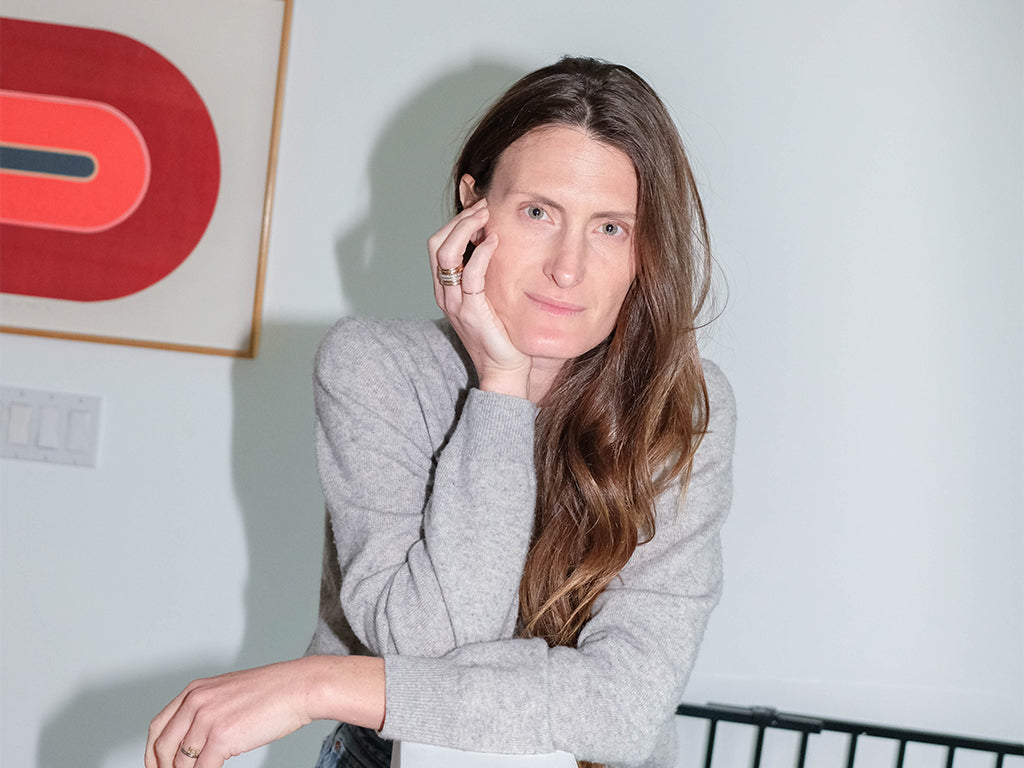
Do Good Werk
9 Passive-Aggressive Email Phrases That Are Basically Evil
A Rosetta Stone for every time you want to :’).
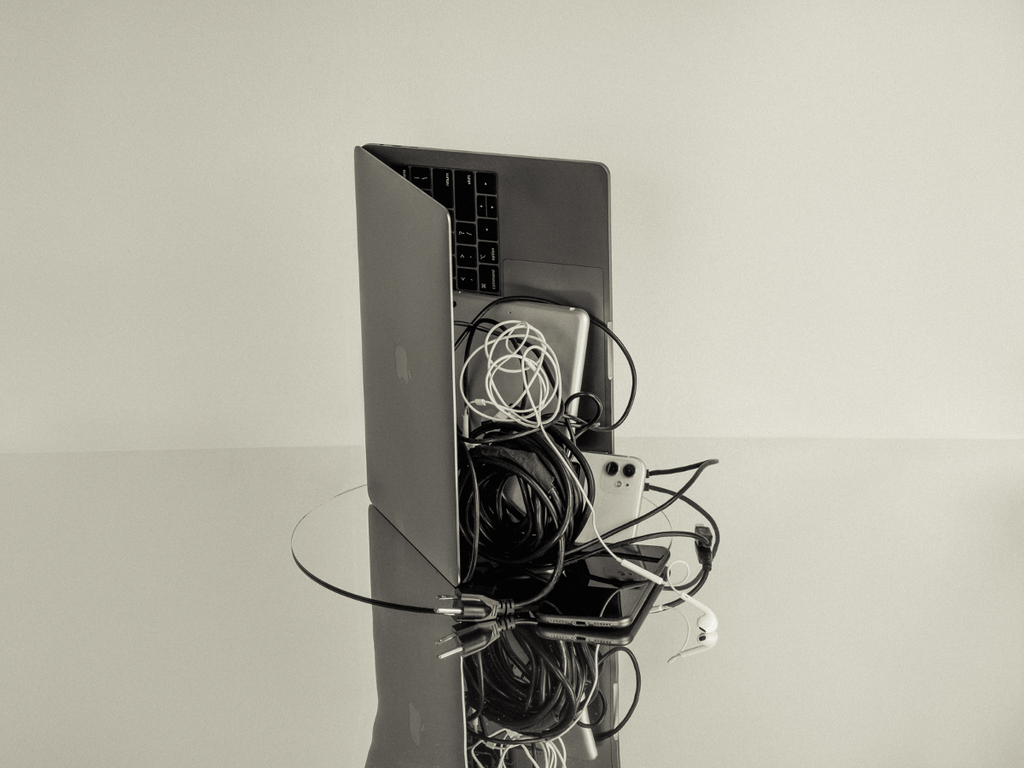
Woo Woo
Get to Know Your Astrological Birth Chart
How to find meaning in the stars — and what it means for you.
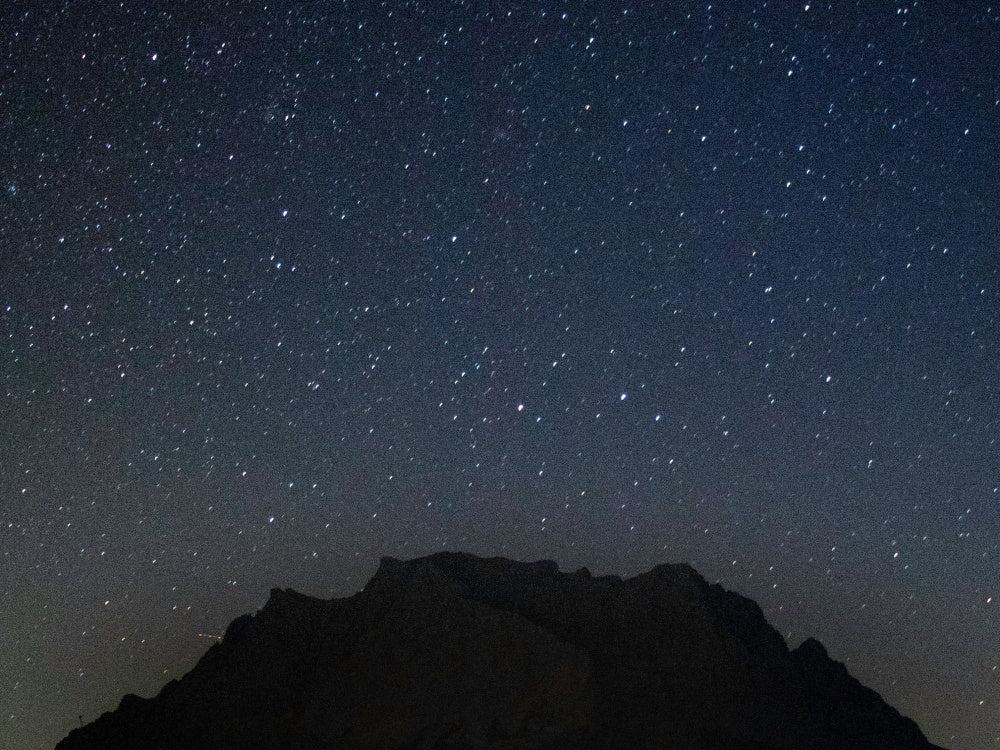
People & Places
The 5 Best Places In New York To Meet Your Next Investor
Where to rub shoulders with the city's movers and shakers.
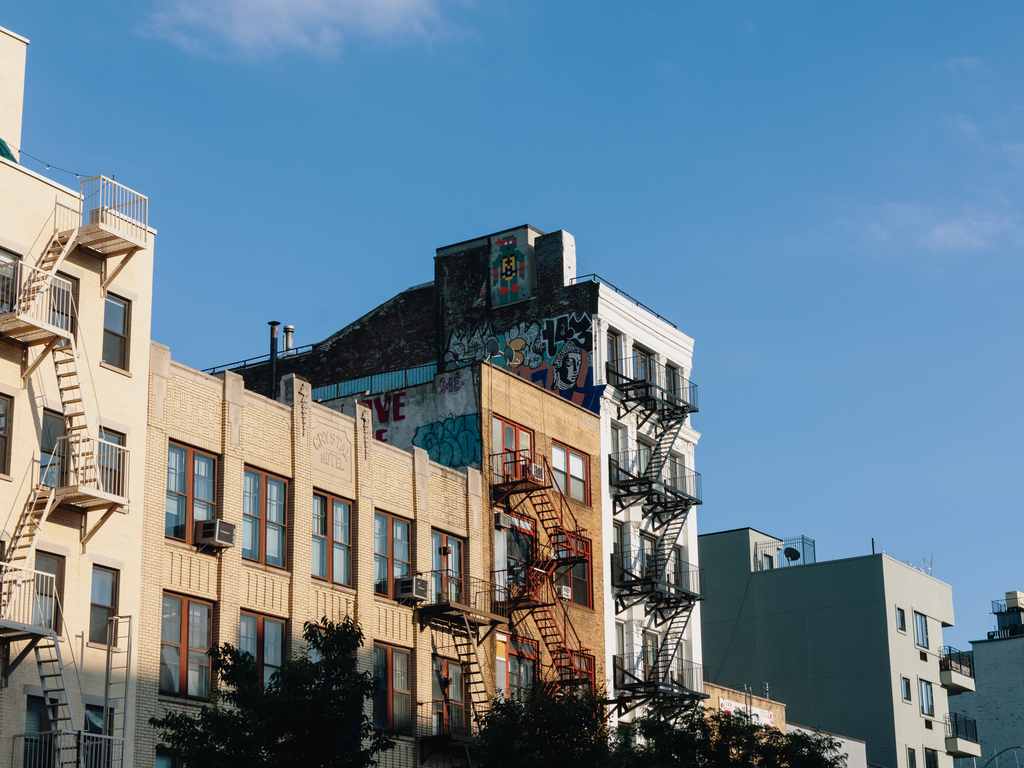
Do Good Werk
10 Unhealthy Thoughts You Convince Yourself Are True as a Freelancer
If you work alone, you might be particularly susceptible to distorted thoughts that hurt your mental health.
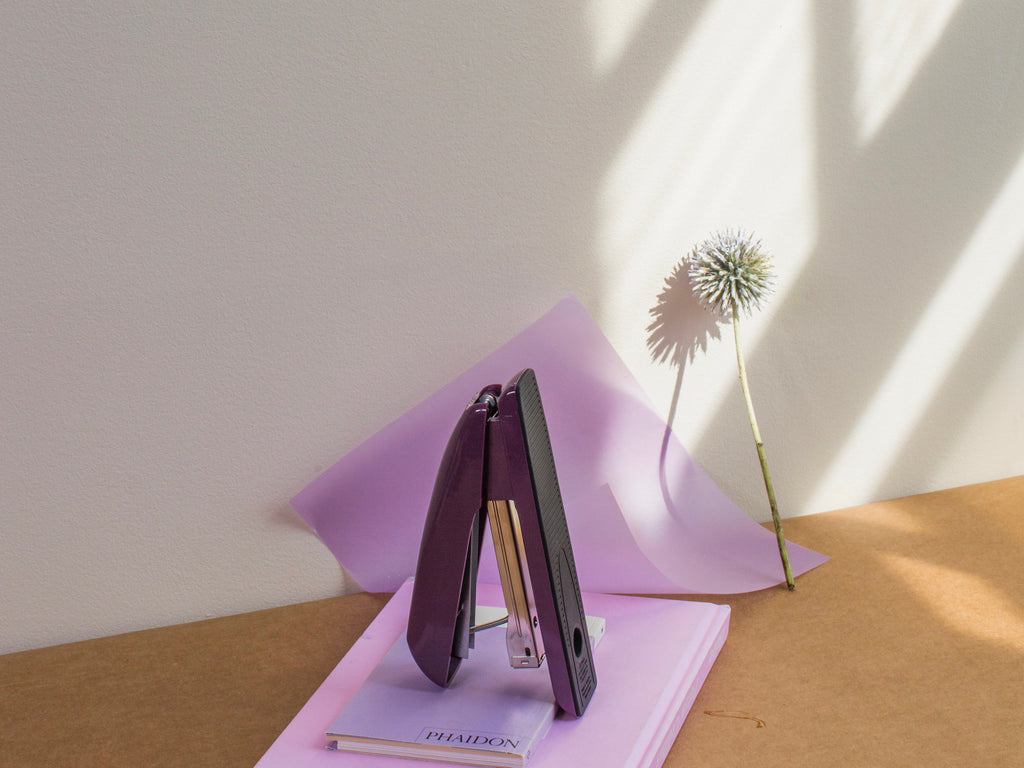
People & Places
Creating a Conference-Meets-Summer-Camp for Adult Creatives
An interview with Likeminds founders Rachael Yaeger and Zach Pollakoff This past September, I sat in front of an obituary I wrote for myself after a session with a death doula. No, I didn’t know w...
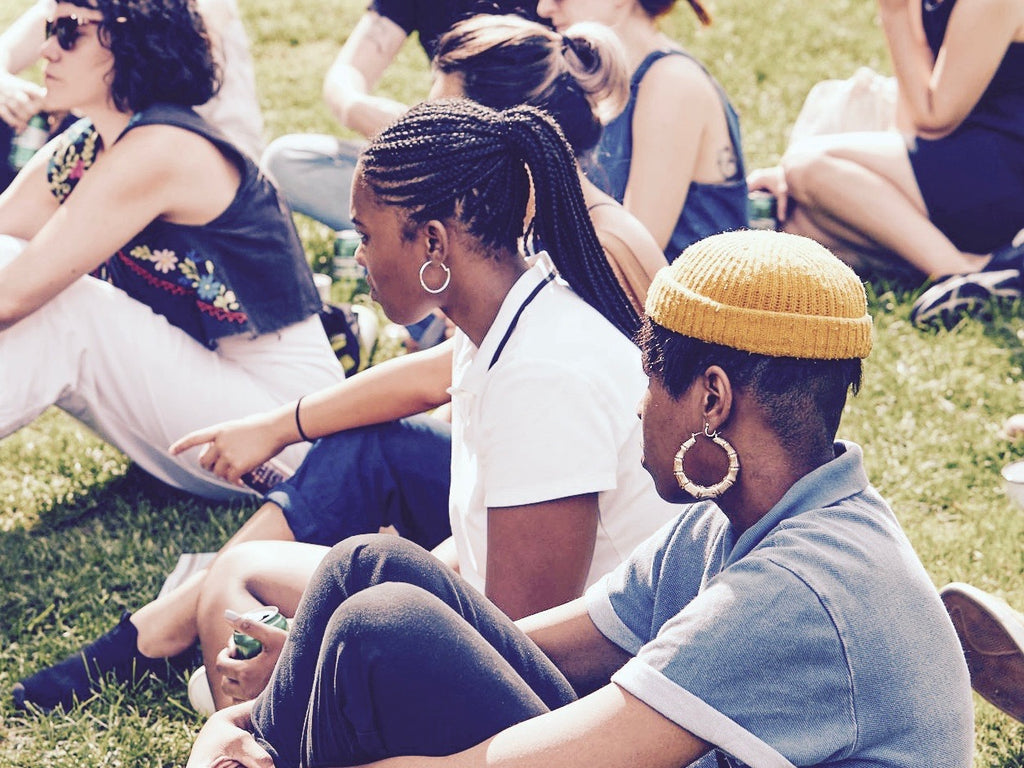
People & Places
When Something Golde Stays: An Interview with Golde’s Co-CEOs
“For us it was never a question,” says Issey Kobori, speaking of the decision to build a business with his partner Trinity Mouzon Wofford. At just shy of 27, Kobori and Wofford have secured a host ...
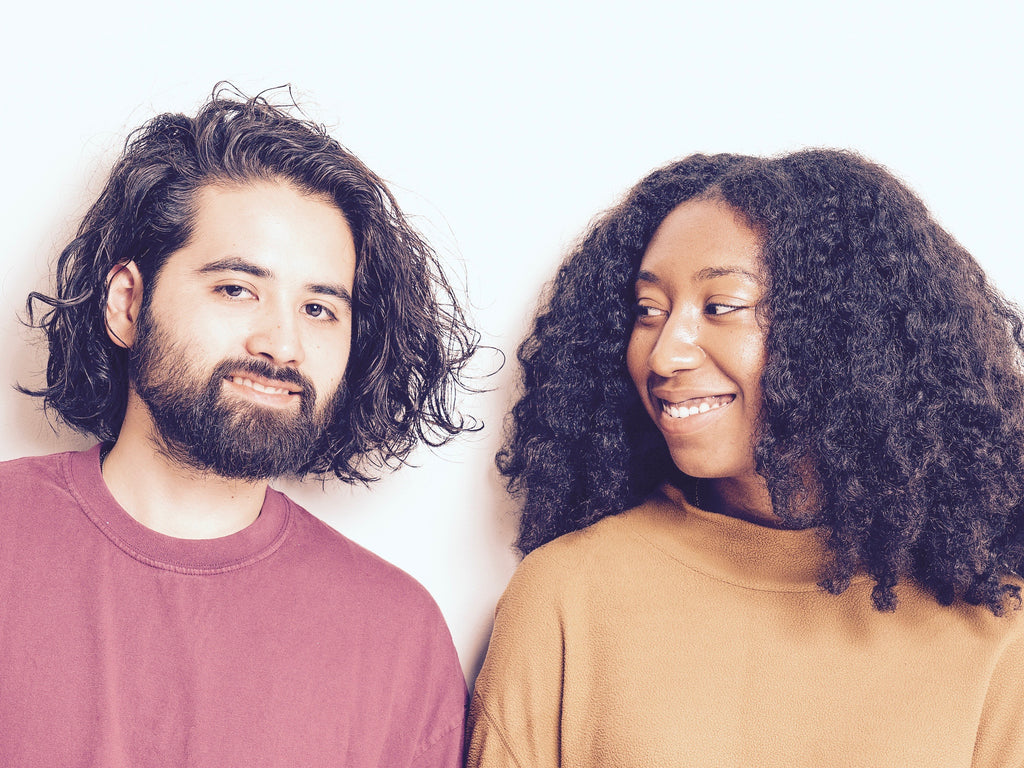
Better Yourself
Are They Toxic? Or Are They Human?
There’s a difference between putting up boundaries and putting up walls, and the latter is what breaks relationships.
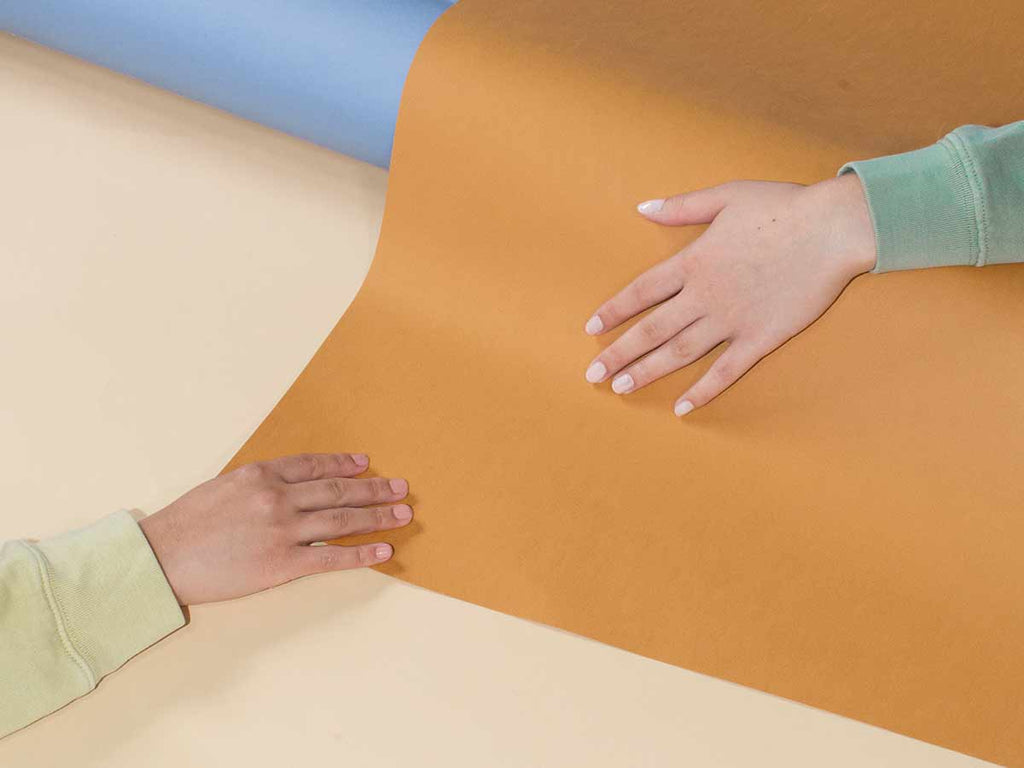
Do Good Werk
How To Combat Seasonal Affective Disorder At Work
Here’s what to do if seasonal affective disorder starts to take a toll at the office.
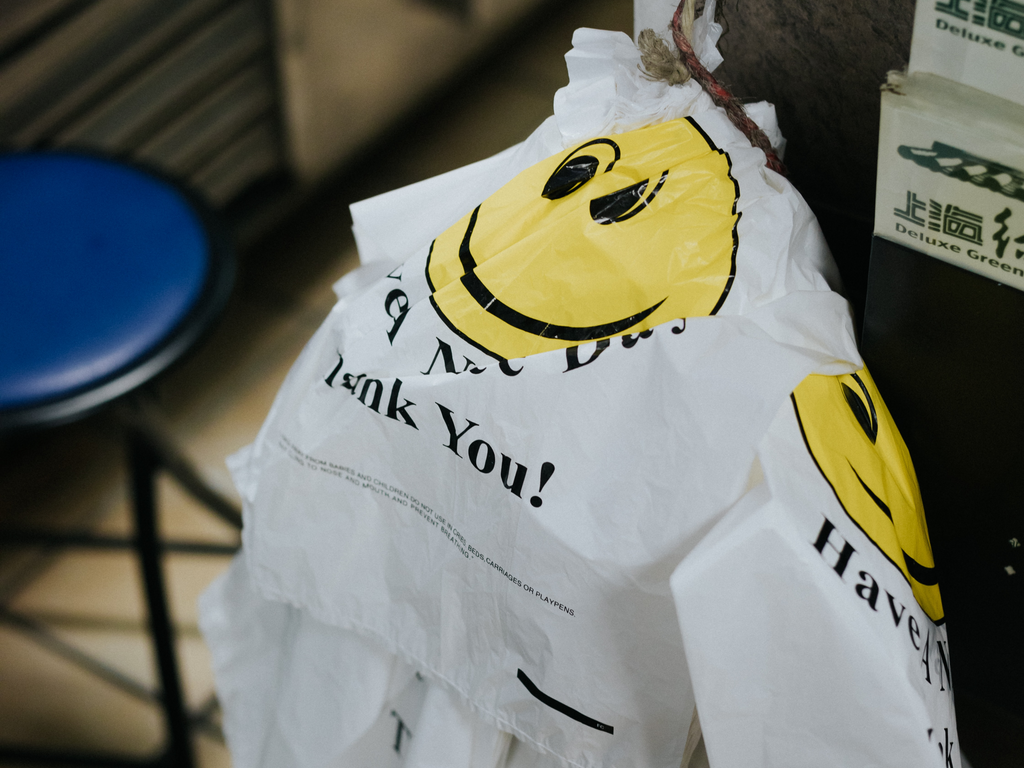
People & Places
Reclaiming Womxn's Wellness Spaces from a White-Dominated World
How The Villij built a collective that their community can connect to.
